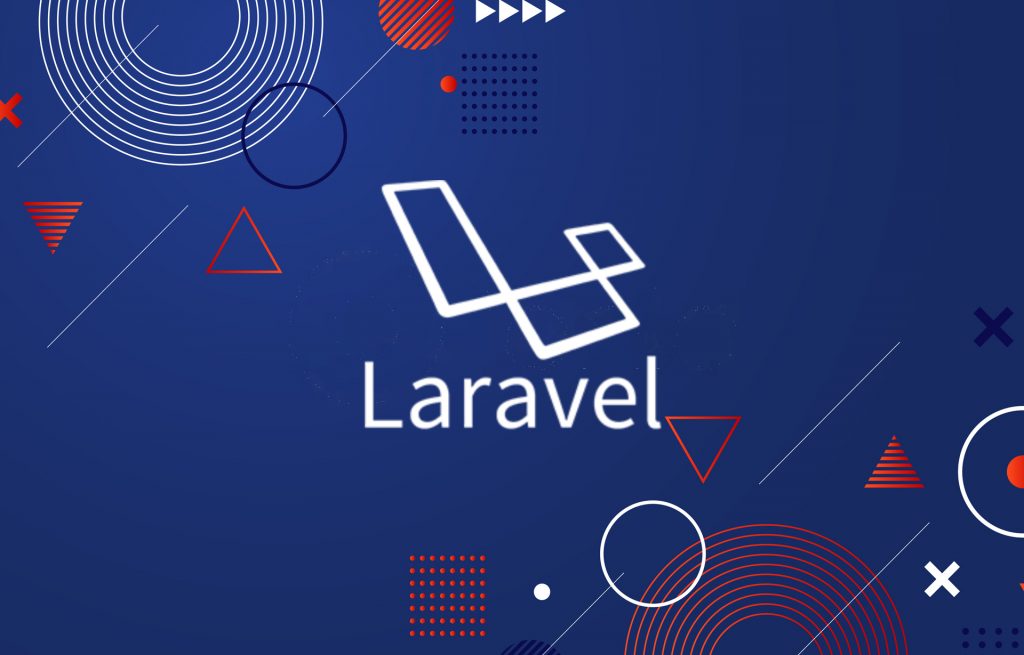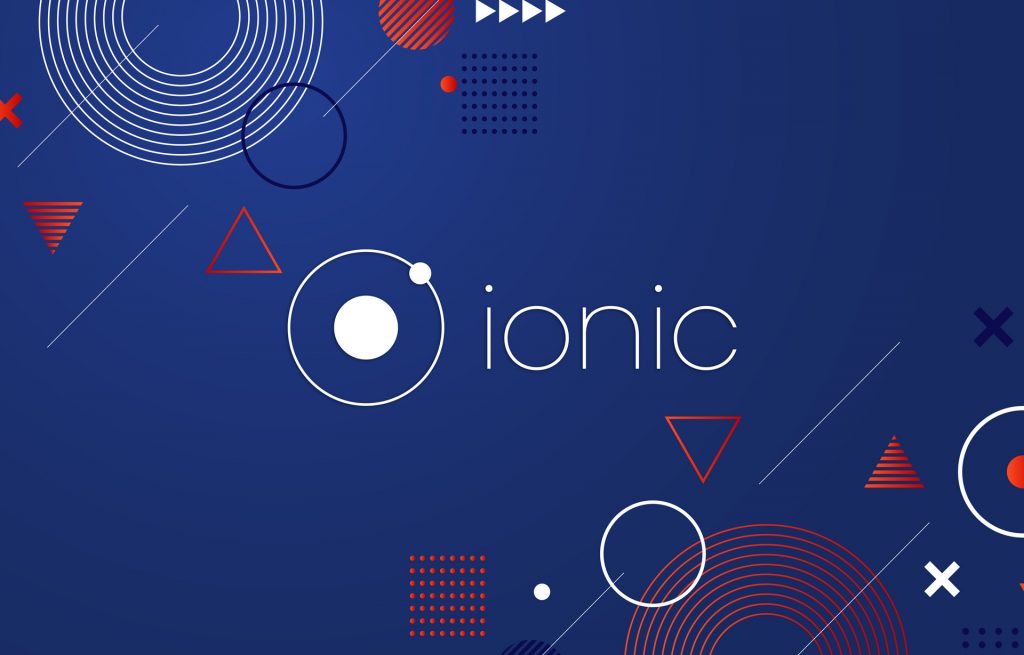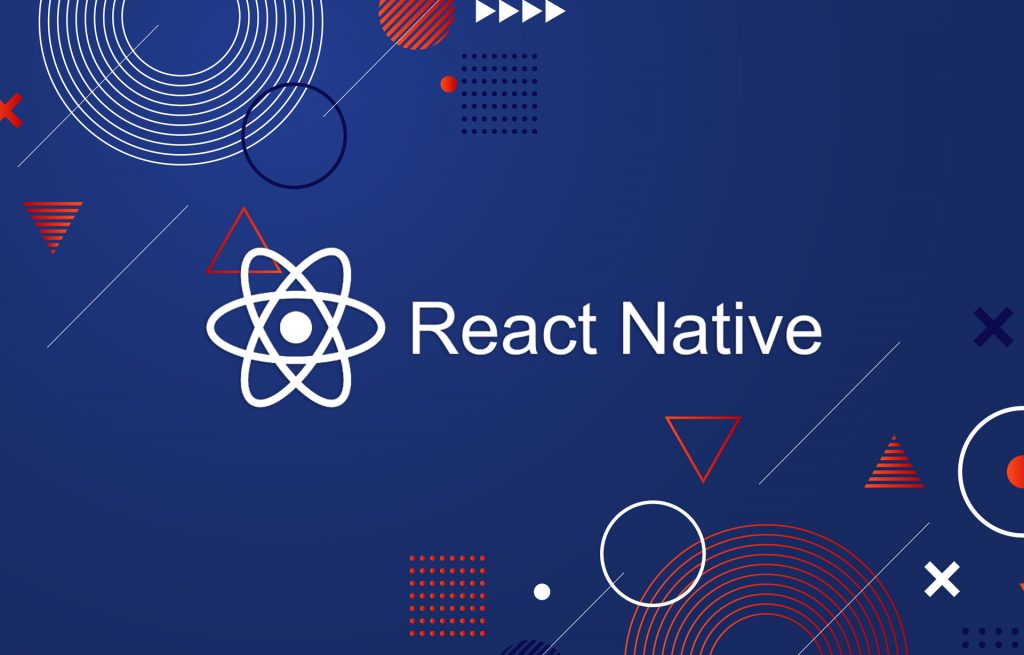Web Scraping: ways to get any information
Have you ever looked through tons of information online and then saved it for any reason? I bet anyone has. We need some articles for self-education, new strategies for business, materials for statistics, videos and images for entertainment, etc.
Now imagine that someone needs to monitor tons of this information on the website. Searching all the time for the specific data, for example, prices or products/tickets available, is time-consuming process. Luckily, we have web scrapers to do that job. Automation of these tasks with scrapers helps to approach tedious tasks making your work more effective and fast.
As you can guess, web scraping is a data extracting approach that automates any user behavior on the website. Scrapers search for the data requested within the web pages, and when found, converts it into a certain format. Such data is not only text but also images, videos, phone numbers, e-mails, etc. Not only monotonous manual data gathering but also mark-up languages (HTML and XML) used for web pages make the collection of information difficult. An automated scraping makes it easy. Scraping techniques are usually implemented either by loading an HTML/XML page and its further parsing, or by the simulation of a user behavior by a fully-fledged web browser.

To scrape data you can use some software such as Import.io, Scraper, cURL, Data Toolbar, Diffbot or Heritrix, they can be under a proprietary license or open source. Or there are also libraries in different programming languages which will help you to make your own tool up to your project requirements. For example, here at YourServerAdmin, we use Nokogiri and Capybara libraries to make Ruby-based scrapers.
Working with ready solutions assures the quick process for a large amount of data and a good quality of the content, but you may spend a lot of money for them. Setting your own configurations for a web scraper, you can perfectly handle the process for a few websites and make your tooling fully compatible with them.
How to use web scraper: with a request you receive a piece of an HTML code. Then you need to fetch the data needed from this code. Since scrapers know the structure of the page upfront, they are configured individually for various websites to get what you need from there: with Nokogiri CSS-selectors carry out this function, with Capybara – a link text. After, the data is extracted and converted to a requested format (CSV, XML, JSON, Databases, etc).
Now let’s have a look at various technologies developed for data harvesting. Different tools work with different languages: Ruby, PHP, Python, JavaScript are mostly used for scraping. We have rich experience in working with Ruby as it is easy-to-use and yet powerful language for web programming. It has a large community and wide range of Ruby gems, including ones for web scraping.
Nokogiri
Nokogiri (the name goes from the Japanese saw) is a Ruby gem for scraping that transforms a web page into a ruby object. Nokogiri implements the practice of HTML/XML/JSON parsing, which analyses page content either in natural languages or in computer languages. Basically, it works by extracting a relevant information like the title of the page, paragraphs, headings, links, bold text and any other data from an HTML code. Scraping with Nokogiri allows you to retrieve relevant data and implement it in your project.
Capybara
Where Nokogiri is not powerful enough in terms of parsing websites with complex front-end (ReactJS), Capybara comes to help. It was initially developed for tests automation, but it is well-suited for screen scraping. In some cases, this tool is still the most convenient solution for Ruby on Rails applications. Actually, this is not the fastest approach to scrape data. It works by embedding a full-fledged web browser to retrieve the dynamic content generated by client-side scripts. Then it parses web pages into a Document Object Model (DOM) tree and retrieves parts of the pages. The advantage of this library is that it works out of the box without preliminary setup. It also has synchronization that automates asynchronous processes, which relieves you from tedious manual work.
Mechanize
Mechanize library is a kind of enhanced Nokogiri. The latter is great for just parsing an HTML page for the relevant forms and buttons and provides a simplified interface for manipulating a webform. The former is built on top of Nokogiri and includes features like storing and sending cookies, following redirects and links, submitting forms. With the requirement to log in a website first, Mechanize can help to retrieve the data needed.
For a change, here are some of the hundreds of software solutions.
Import.io
Import.io is a paid and scalable Saas service allowing to quickly scrape web applications. Using this service you won’t need any configurations or experience in coding because this tool works out of the box. And after the data is fetched, it is converted to CSV. Import.io team claims that this tool helps you to stay competitive on the market, improve the accuracy of your website, enhance SEO, have deeper client research, embrace powerful lead generation. Import.io works in the cloud in order to avoid software administration or it also has a managed data service with sending change, data, and comparison reports daily or weekly.
Dexi.io
Dexi.io is another paid browser-based solution for scraping thousands of pages at the same time. This web data extraction software lets you set up crawlers and extract data on the fly and export it as JSON or CSV files. Dexi is helpful when you need to fetch some data from social media as well, and can get not only plain text but also images, videos, contact information, e-mails, pricing, IP addresses, etc.
Dexi.io is also powerful enough with cloud-based storages, so it can collect information from Google Drive, Amazon, and many others resources.
Scraper (Google Chrome extension)
Just adding Scraper extension to your Google Chrome allows conducting any research on the text information in the World Wide Web and put the extracted data to Google Spreadsheets. To tell the truth, its features are limited. For instance, it does not offer automatic or bot crawling, but this tool was created to be simple. It is free, simple, and does not require configurations, can scrape multiple pages concurrently, and even has dynamic data extraction capabilities. It is easy-to-use this is why perfect for beginners, so this can be a start of the path for more complicated scraping in the future.
Conclusion
Looking for a tool to get pricing or sales data, bring your SEO to a new level, make the information on your website more relevant and competitive, get media files, have an accurate analytics, monitor your brand as quickly as possible with minimum efforts? Then choose any tool for data mining described above or discover any other numerous solutions. Despite some legal controversies in terms of copyright infringement or privacy questions, web harvesting remains the most efficient and timesaving way to data collection. Scraping can also influence ranking positions of the website within search engine results, as they do not favor such mechanisms and could lower your positions due to multiple requests. To avoid that, a scraper should be a separate and independent script, that works not on the server but independently (for example, Jenkins).
Numerous approaches such as DOM parsing, HTML parsing, Saas, paid or free solutions can be settled in accordance with your project and budget. This brings you fast and productive business.





